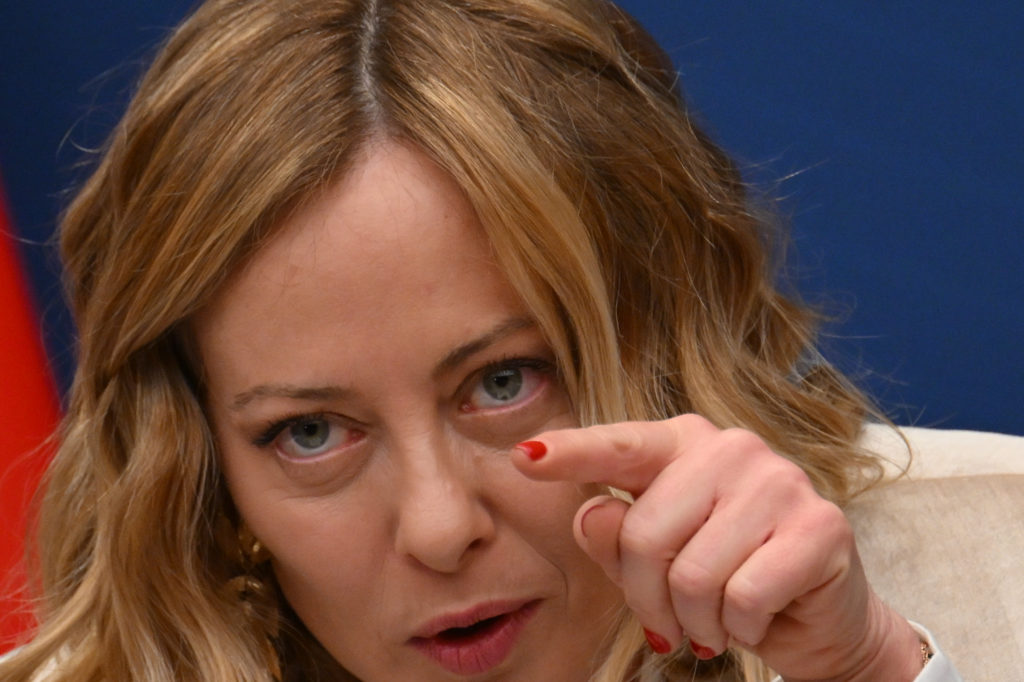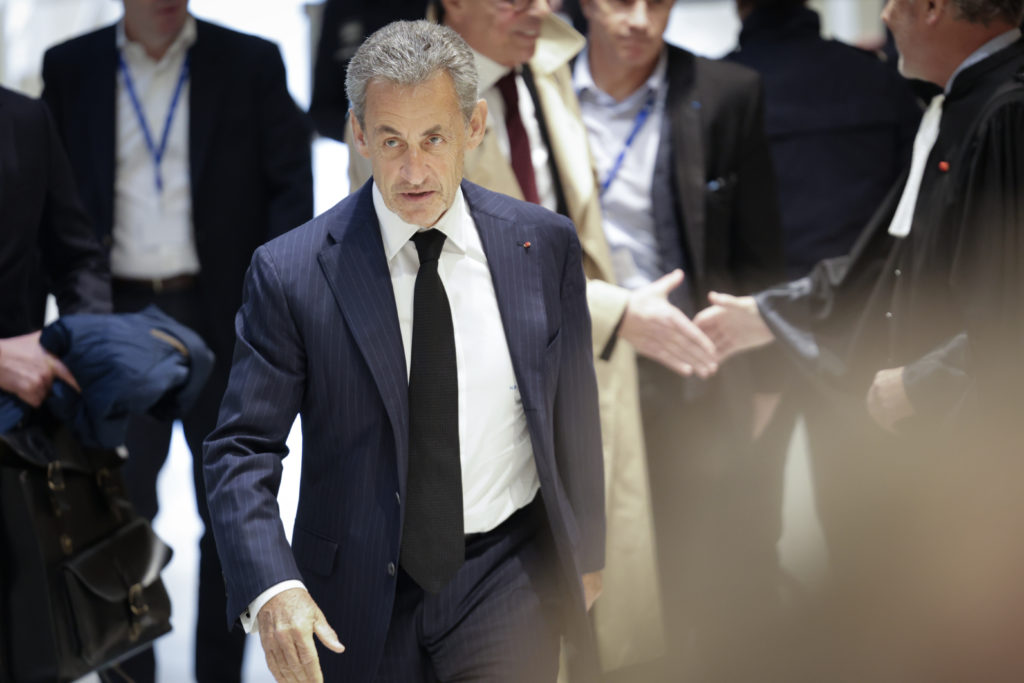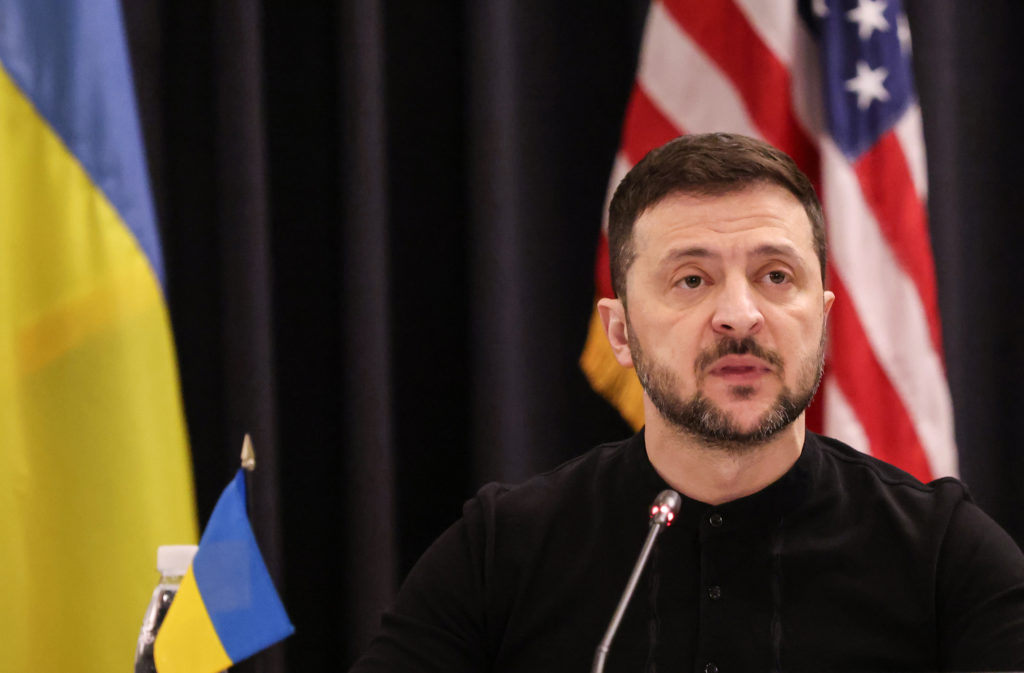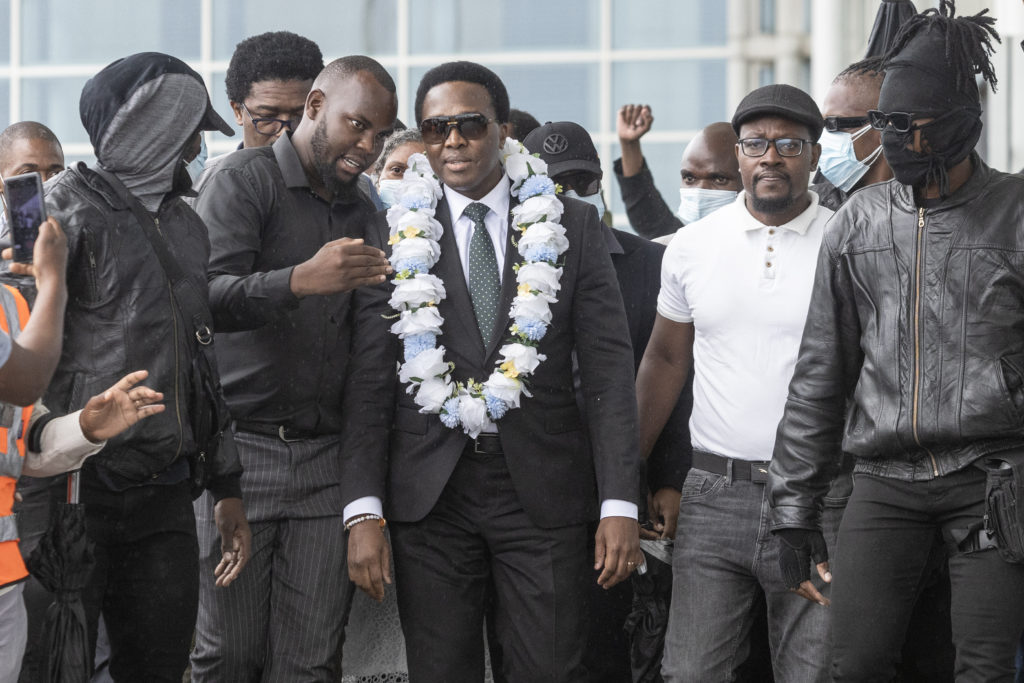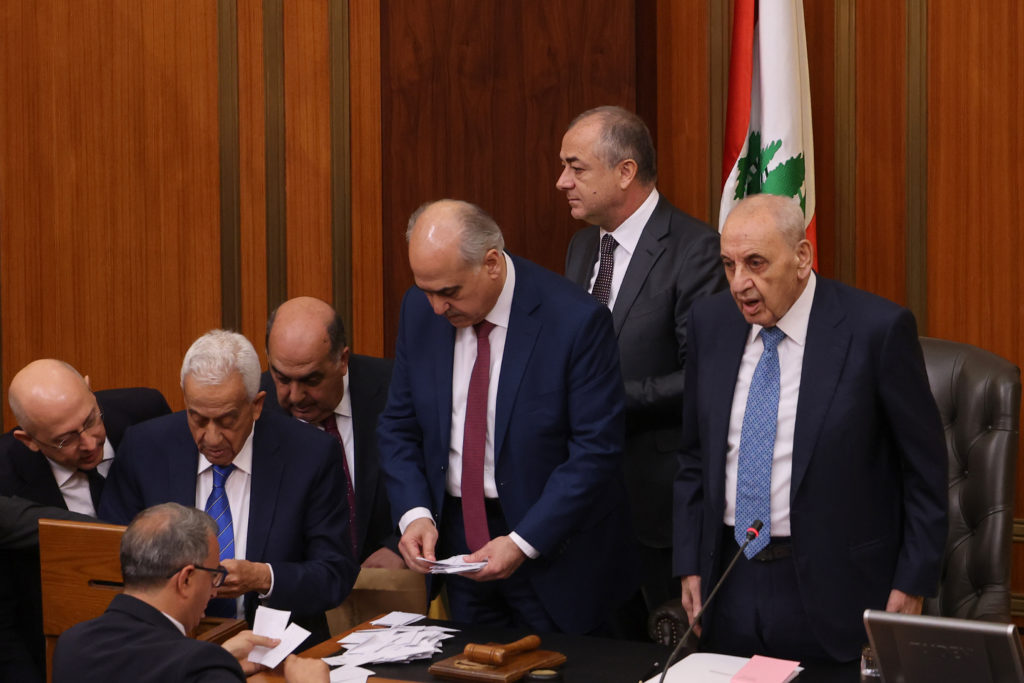India’s central bank announced a surprise interest rate hike on Wednesday, as Asia’s third-biggest economy reels from galloping inflation in the wake of the Ukraine war.
The announcement came hours before the US Federal Reserve was expected to undertake its largest rate hike in two decades in response to accelerating inflation in the world’s biggest economy.
This could spark capital outflows from emerging markets such as India.
In its first increase in borrowing costs since August 2018, the Reserve Bank of India increased the policy repo rate by 40 basis points to 4.40 per cent with immediate effect.
“As several storms hit together, our actions today are important steps to steady the ship,” RBI governor Shaktikanta Das said in a televised address.
“Most alarmingly, persistent and spreading inflationary pressures are becoming more acute with every passing day.”
Das added that shortages of edible oils due to the conflict in Europe and export bans by key producers — Indonesia imposed a complete ban on palm oil exports last week — were causing food prices in India to shoot up.
The Indian economy bounced back strongly from the coronavirus pandemic with one of the world’s fastest growth rates, but in common with other developing economies is now grappling with rising costs as global commodity prices skyrocket.
India is the world’s largest importer of edible oils including palm oil and soya oil, which are trading at record highs.
The country of 1.4 billion people also imports more than 80 percent of its crude oil needs, with its dependence growing as domestic production falls.
Consumer inflation has consistently overshot the RBI’s two-to-six percent target range in the first three months of the year, hitting a 17-month high of 6.95 percent in March.
Economists expect inflation crossed seven percent in April.
The rate hike is “very well timed, as our own CPI inflation projection for April 2022 is an eye-watering 7.4 percent,” ICRA chief economist Aditi Nayar said.
“By advancing the rate decision by approximately one month, the MPC has focused on preventing inflationary expectations from unanchoring in an increasingly uncertain environment.”
The central bank’s next scheduled meeting to set interest rates wasn’t until June 8.
Last month, all six members of the RBI’s monetary policy committee voted to hold the key rate unchanged at a historic low of four percent for the 11th straight meeting.
But in its first clear signal of a future rate hike, Das had said the bank was “focusing on withdrawal of accommodation to ensure that inflation remains within the target going forward, while supporting growth”.
It had also lowered its growth forecast to 7.2 percent for the 2022-23 financial year, from 7.8 percent projected earlier.
It had raised its inflation forecast to 5.7 percent for the fiscal year that started April 1, up from 4.5 percent estimated in February.
Indian stocks fell to a two-month low after the announcement, with the benchmark Sensex closing 2.29 percent lower. Bond yields rose sharply.


